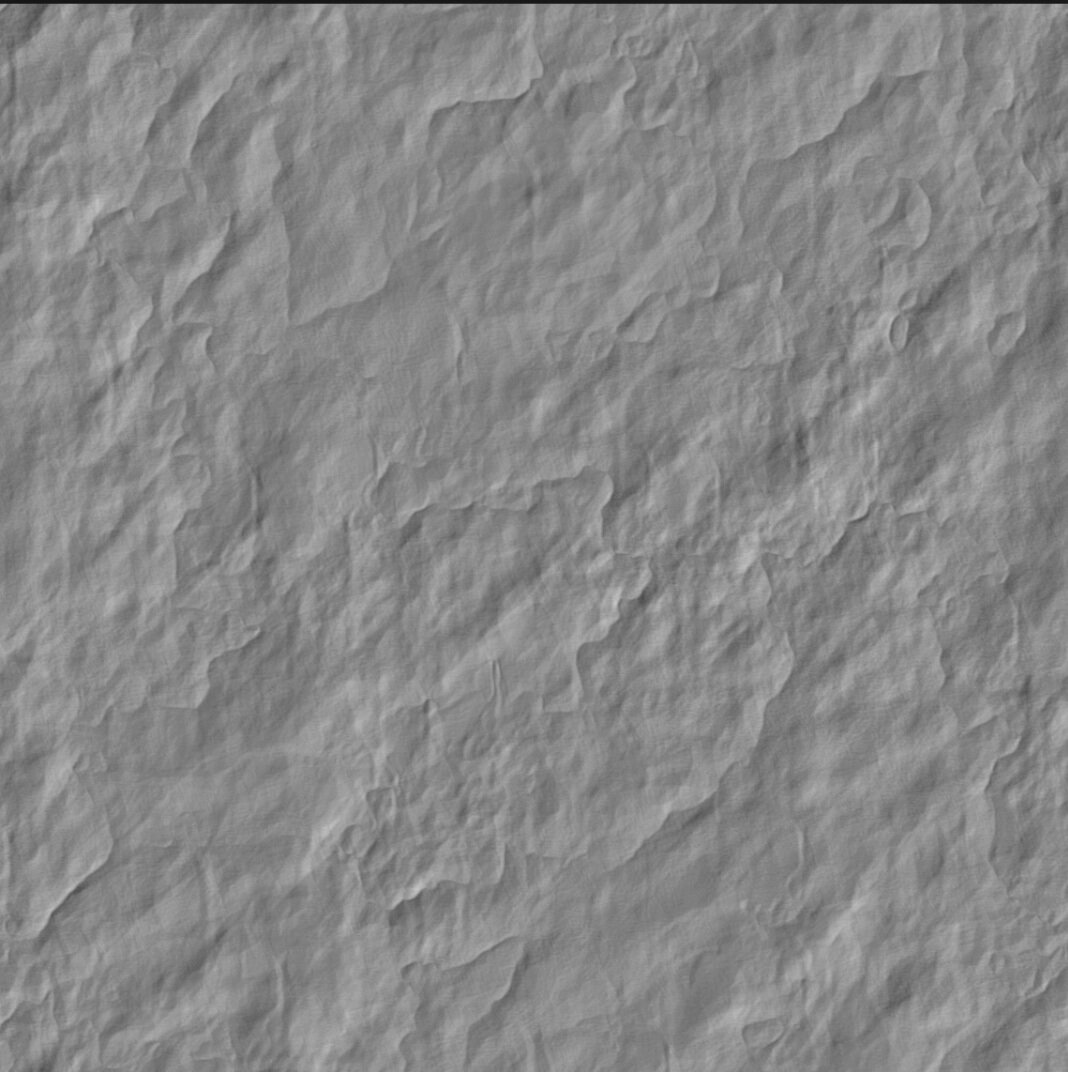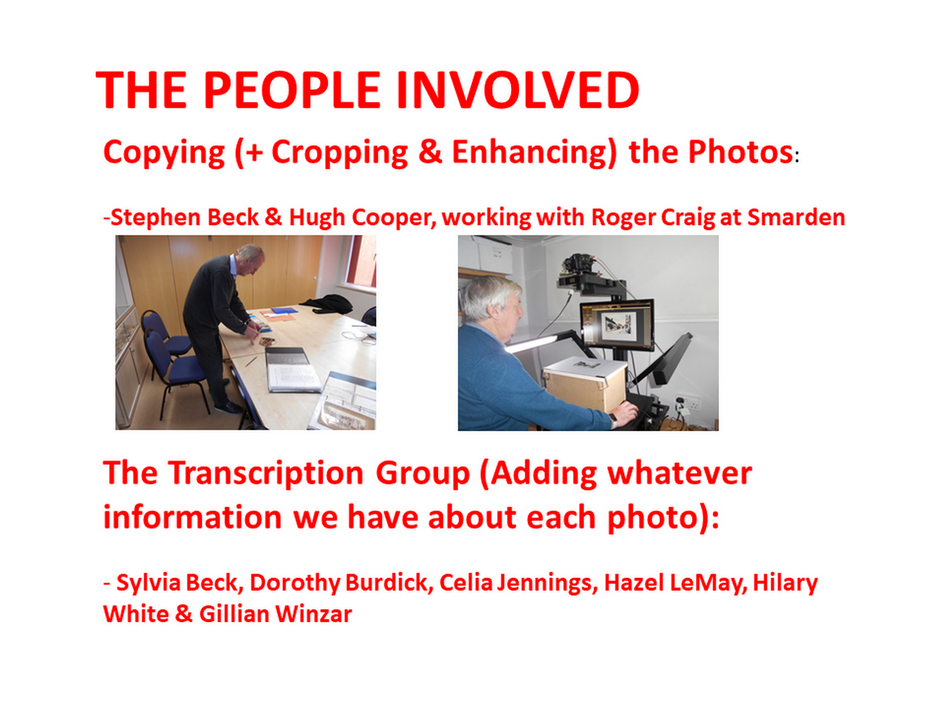
DIGITISATION
The Digitisation Team have successfully digitised and transcribed the society’s collection of over 4,000 photographs. It is intended to feature selections of these images in the In Pictures section. Below is part of a presentation given during the project, in August 2018, explaining how it was done.
We have plenty other items to digitise and that work is underway. The Archives section will be the place to look to see the results of these endeavours. Watch that space!
How the 4000+ photographs were digitised
Extracts from the presentation given in August 2018
We have two separate teams busy on this:
One team is undertaking the actual digitisation process, converting the "hard copy” prints into digital files, using specialist equipment owned by the Smarden History Society
The second team is transcribing the valuable information, generally written on the reverse of each photo, into digital text format, with dates and keywords being extracted from the text.
The final stages are to load each digital photo, its associated textual information, dates and key-words into a specialist archive software package and then make this available for research purposes on the society's website.
These 4000 or so photos are held in a collection folders, by subject matter with each photo having an existing unique society photograph reference number. However, this reference number is not suitable for use as a digital file reference so a new digital reference number has been introduced.
The new digital reference number has been devised so as to group each folder/collection subject matter into logical sets, and to allow future expansion of each as new material becomes available.
The numbering follows the pattern PI (for photographic image) then a sequential number range for each collection group. There are a total of 13 collections, with the actual photos being held in 17 folders.
Following conversion into a digital(.jpg) format the images are cropped, corrected and allocated a new digital file reference number which is then used as the file name.
To ensure a continuous accurate record of progress, and to provide a detailed list of the photos digitised, cross referenced with the existing society reference number, a spreadsheet is used to record the new filename, the existing reference number and a simple “one-line” description of the subject matter. It is updated each time additional work is completed.
We would like to thank
Jack Ottaway, Nancy Havrilla, The Aurelius Charitable Trust and Kent Archaeological Society
for their generous support in making this project possible.


